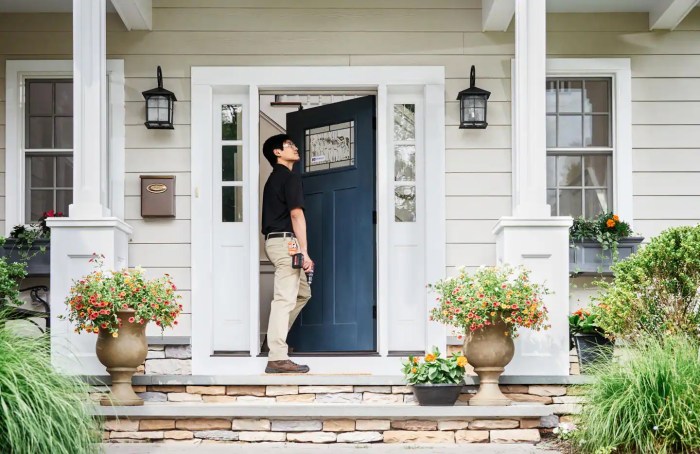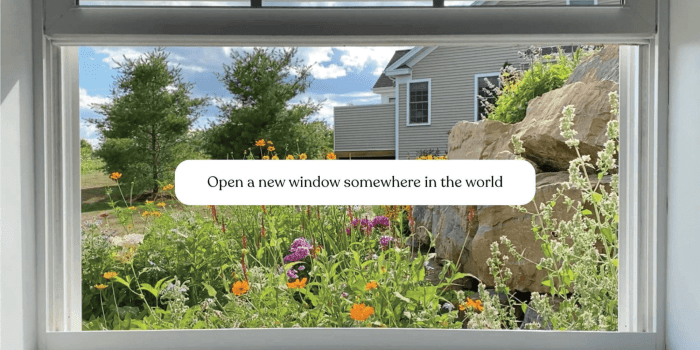How Long Roofing Techniques Improve Durability: Enhancing Longevity with Proper Methods
How Long Roofing Techniques Improve Durability sets the stage for this enthralling narrative, offering readers a glimpse into a story that is rich in detail and brimming with originality. Exploring the world of roofing techniques reveals a fascinating realm where innovation and longevity intersect, promising a future of durable roofs that stand the test of time.
As we delve deeper into the realm of roofing, a tapestry of techniques unfolds before us, each thread contributing to the fabric of resilience and sustainability.
Importance of Proper Roofing Techniques
Proper roofing techniques play a crucial role in enhancing the durability of a roof and ensuring it withstands various weather conditions over time. Investing in quality roofing techniques can save homeowners money in the long run by reducing the need for frequent repairs and replacements.
Common Roofing Techniques for Longevity
- Proper Installation: Ensuring that the roof is installed correctly from the start can prevent issues such as leaks and water damage.
- Regular Maintenance: Performing routine inspections and maintenance tasks can help identify and address any potential problems before they escalate.
- Quality Materials: Using high-quality roofing materials can significantly extend the lifespan of a roof and improve its overall durability.
- Proper Ventilation: Adequate ventilation can help prevent moisture buildup, which can lead to mold growth and structural damage.
Types of Roofing Materials for Longevity
When it comes to ensuring the longevity of a roof, choosing the right roofing material is crucial. Different types of roofing materials offer varying levels of durability, each with its own set of pros and cons that can impact the lifespan of a roof.
Asphalt Shingles
Asphalt shingles are one of the most popular roofing materials due to their affordability and ease of installation. They typically last around 20-30 years, making them a cost-effective option for many homeowners. However, they are prone to damage from extreme weather conditions and may require more frequent maintenance compared to other materials.
Metal Roofing
Metal roofing is known for its exceptional durability, with a lifespan of 40-70 years or more. It is resistant to fire, insects, rot, and mildew, making it a low-maintenance option. While metal roofing can be more expensive upfront, its longevity and energy efficiency can result in long-term cost savings.
Clay or Concrete Tiles
Clay or concrete tiles are highly durable and can last 50 years or more when properly maintained. They are resistant to fire, insects, and rot, making them a popular choice in areas prone to wildfires. However, the weight of these tiles may require additional structural support, and they can be more costly to install.
Wood Shingles or Shakes
Wood shingles or shakes offer a natural and rustic appearance, with a lifespan of 30-40 years. While they are biodegradable and environmentally friendly, they are susceptible to rot, mold, and insect damage if not properly maintained. Regular inspections and treatments are necessary to prolong the lifespan of wood roofing.Choosing the right roofing material can significantly impact the overall longevity and durability of a roof.
Homeowners should consider factors such as climate, maintenance requirements, and budget when selecting the best material for their specific needs.
Maintenance Practices to Extend Roof Lifespan
Regular maintenance is crucial for extending the lifespan of your roof and ensuring its durability. By following a few simple practices, you can prevent costly repairs and premature replacement of your roof. Here is a step-by-step guide on how to maintain your roof properly and the importance of regular inspections and repairs.
Regular Inspections
- Inspect your roof at least twice a year, in the spring and fall, to check for any damage or wear and tear.
- Look for missing, cracked, or curling shingles, as well as signs of algae or moss growth.
- Check for any leaks or water stains on the ceiling, which could indicate a roof problem.
Cleaning and Debris Removal
- Clear off any debris, such as leaves, branches, or dirt, from the roof regularly to prevent water buildup and damage.
- Clean out gutters and downspouts to ensure proper drainage and prevent water from seeping into the roof.
- Trim overhanging tree branches to prevent damage from falling limbs and debris.
Repairs and Maintenance
- Address any minor issues promptly, such as loose or damaged shingles, to prevent them from becoming larger problems.
- Seal any gaps or cracks around vents, chimneys, and skylights to prevent leaks and water damage.
- Consider hiring a professional roofer for regular maintenance and inspections to catch any issues early on.
Importance of Regular Inspections and Repairs
Regular inspections and repairs are essential for ensuring the longevity of your roof. By catching small problems early on, you can prevent them from turning into costly repairs or replacements down the line. Investing in regular maintenance can save you time, money, and stress in the long run, while also protecting your home and belongings from water damage and other issues.
Environmental Factors Affecting Roof Durability

Environmental factors play a crucial role in determining the longevity and durability of a roof. Understanding how different weather conditions impact roofs can help in taking proactive measures to extend their lifespan.
Extreme Heat
Extreme heat can cause roofing materials to expand and contract, leading to cracks, warping, and deterioration over time. To mitigate the effects of heat, it is essential to choose heat-resistant roofing materials and ensure proper ventilation in the attic to reduce heat buildup.
Extreme Cold
In cold weather, roofing materials can become brittle and prone to cracking. Snow and ice accumulation can also lead to water damage and leaks. To prevent damage from extreme cold, it is important to ensure proper insulation and ventilation to maintain stable temperatures on the roof.
Heavy Rain
Heavy rain can cause water pooling on the roof, leading to leaks and water damage. Proper drainage systems and regular inspection of the roof can help prevent water accumulation and ensure effective water runoff to protect the roof structure.
Snow and Ice
Snow and ice buildup on the roof can add excess weight, causing stress on the structure and potential collapse. Removing snow and ice promptly, ensuring proper insulation, and preventing ice dams can help prevent damage from snow and ice accumulation.
UV Radiation
UV radiation from sunlight can cause roofing materials to degrade and lose their protective properties over time. Choosing UV-resistant materials and applying reflective coatings can help mitigate the effects of UV exposure and prolong the lifespan of the roof.
Conclusive Thoughts
In conclusion, the journey through How Long Roofing Techniques Improve Durability has been one of discovery and enlightenment. By embracing the importance of proper methods, selecting quality materials, adhering to maintenance practices, and understanding environmental impacts, we pave the way for roofs that endure the ravages of time and nature.
Q&A
What are some common roofing techniques that enhance longevity?
Some common roofing techniques include proper insulation, effective ventilation, and regular maintenance to prevent issues like leaks or mold growth.
How can investing in quality roofing techniques save money in the long run?
Investing in quality roofing techniques can save money in the long run by reducing the need for frequent repairs, minimizing energy costs through improved insulation, and increasing the overall lifespan of the roof.
Why is regular inspection important for ensuring roof longevity?
Regular inspection helps identify potential issues early on, allowing for timely repairs and maintenance that can prevent costly damage and prolong the lifespan of the roof.




